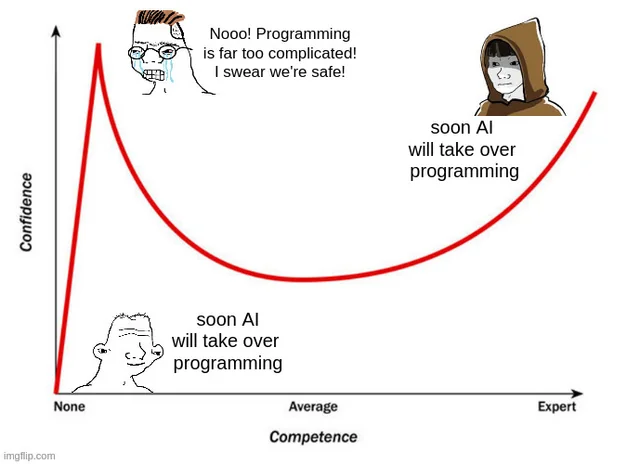Unmasking Google Cloud: How to Determine if a Region Supports Physical Zone Separation
Contrary to some other cloud providers, Google Cloud Availability Zones are not entirely physically isolated. Although Availability Zones offer a level of isolation, instances like those experienced in Paris or London demonstrate how disasters such as floods or fires can bring an entire region to a standstill.
Certain Google Cloud regions in fact provide geographical separation. This detail is critical for certain workloads when it comes to choosing the right region, but, regrettably, this information isn’t readily available to the public.
Despite the information blackout, you can determine if a region supports physical zone separation through a specific field accessed via an API, which is detailed in Google Cloud’s API documentation here.
This field, known as “supportsPzs”, is not extensively explained. The only information about what it signifies can be found in the Java client library code, which you can review here.
To quickly check if a region supports physical zone separation, you can use this one-liner command:
$ curl -s -H "Authorization: Bearer $(gcloud auth print-access-token)" https://compute.googleapis.com/compute/v1/projects/{PROJECT_ID}/regions/europe-west3 | jq -r ".supportsPzs"Make sure to replace {PROJECT_ID} with a project where your user has compute.regions.get permission.
When checked with different regions, the value will return true or false depending on the support.
Remember, this is an ‘under the radar’ feature in the API and even the value returned might be not really indicating the zone separation, although there are many reasons to believe so. If you have important workload to deploy and you want to make sure about zone separation, your Google Cloud representative is the best person to help pick the right region. But this quick trick might be useful when you’re starting to think about which region could be a good fit.
I hope you find this information valuable. Stay tuned for more insights.








